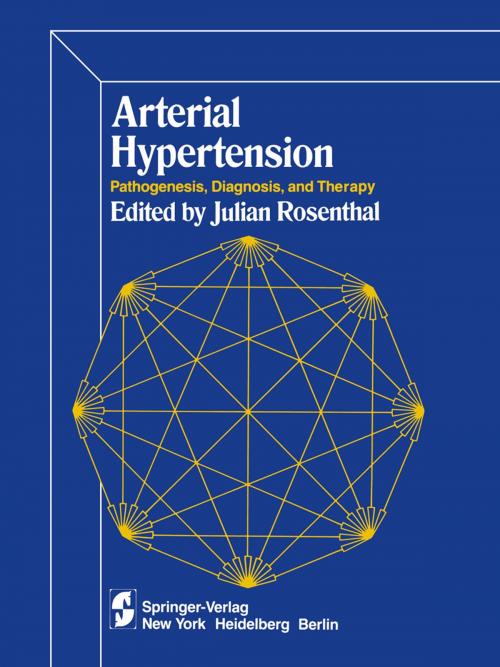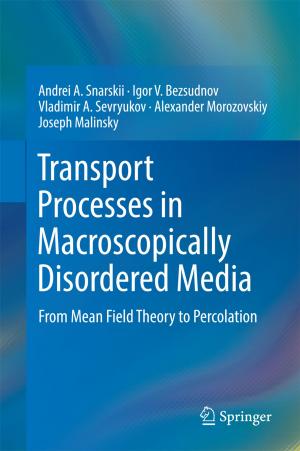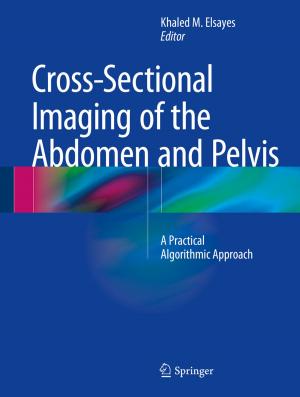Arterial Hypertension
Pathogenesis, Diagnosis, and Therapy
Nonfiction, Health & Well Being, Medical, Specialties, Internal Medicine, Cardiology| Author: | ISBN: | 9781461256571 | |
| Publisher: | Springer New York | Publication: | December 6, 2012 |
| Imprint: | Springer | Language: | English |
| Author: | |
| ISBN: | 9781461256571 |
| Publisher: | Springer New York |
| Publication: | December 6, 2012 |
| Imprint: | Springer |
| Language: | English |
It has been a little more than half a century since serious, organized research on hyper tension began. Public and even physician interest in the subject remained minimal until the early forties, and even then there were not more than a dozen "fulltime" investigators worldwide. The first organization devoted to communicating regularly the results of hy pertension research was created in Cleveland in 1945; it became the Council for High Blood Pressure Research of the American Heart Association in 1949. The early history of hypertension is not a story of progressive achievement. Richard Bright is given great credit, followed by Mahomed, Allbutt, Riva-Rocci, Bergman and Janeway, but it was not until Volhard, Fahr and Allen that some semblance of order emerged. They were followed by a younger, much more vigorous group of investigators who in fact initiated modern research in hypertension. Two more generations have fol lowed. In the course of some fifty years, we have seen emerge a magnificent body of evidence that has prescribed good treatment and contributed a considerable understanding of the many complex mechanisms involved in the hypertensions. Treatment is now actively pro moted by public health agencies, including the World Health Organization. This is an other case of treatment preceding full understanding of the nature of the disease.
It has been a little more than half a century since serious, organized research on hyper tension began. Public and even physician interest in the subject remained minimal until the early forties, and even then there were not more than a dozen "fulltime" investigators worldwide. The first organization devoted to communicating regularly the results of hy pertension research was created in Cleveland in 1945; it became the Council for High Blood Pressure Research of the American Heart Association in 1949. The early history of hypertension is not a story of progressive achievement. Richard Bright is given great credit, followed by Mahomed, Allbutt, Riva-Rocci, Bergman and Janeway, but it was not until Volhard, Fahr and Allen that some semblance of order emerged. They were followed by a younger, much more vigorous group of investigators who in fact initiated modern research in hypertension. Two more generations have fol lowed. In the course of some fifty years, we have seen emerge a magnificent body of evidence that has prescribed good treatment and contributed a considerable understanding of the many complex mechanisms involved in the hypertensions. Treatment is now actively pro moted by public health agencies, including the World Health Organization. This is an other case of treatment preceding full understanding of the nature of the disease.















